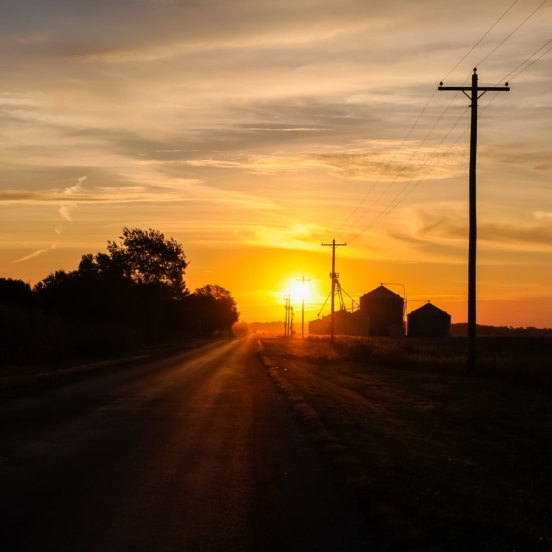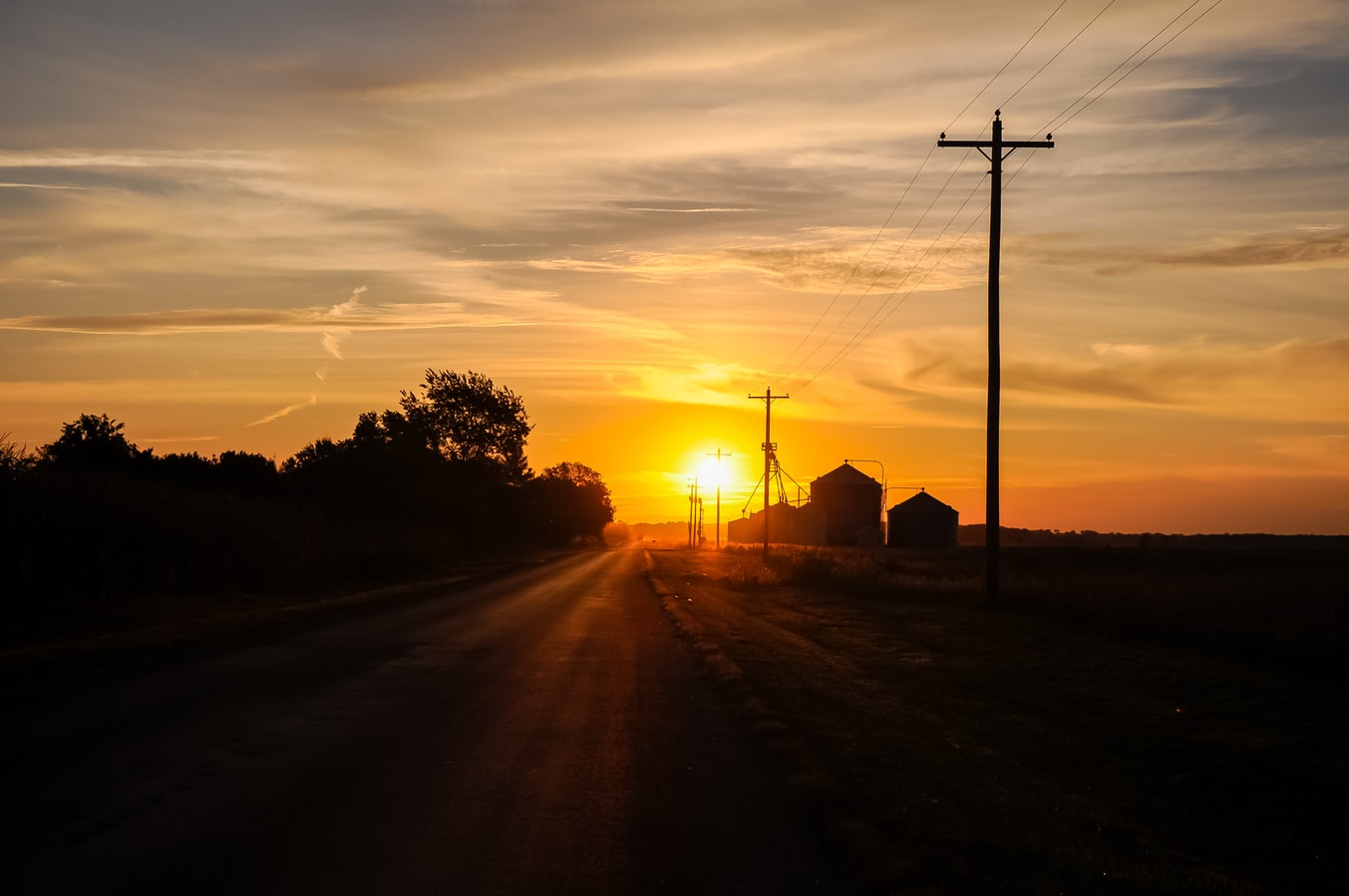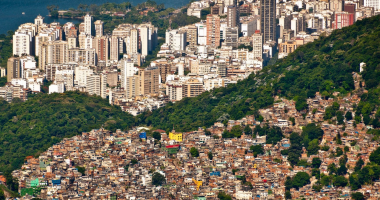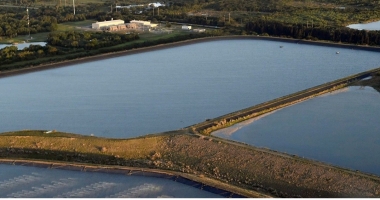Climate, Health and Equity Brief
Flooded Crops, Farmworker Health, And Carbon-Capturing Soil
June 20, 2019

Hot topic of the week: Farmers. Climate change is proving to be a formidable challenge for the American farmer. A devastating storm season in the Midwest this spring has left vast areas of farmland underwater, delaying the normal planting schedule. Just 50 percent of Ohio’s corn crop and 32 percent of its soybean crop have been planted as of this week, prompting the state to seek a disaster declaration from the federal government. Scientists predict that the changing climate will continue to cause wetter storm seasons and longer and drier summers, creating a growing crisis for farmers.
And climate change isn’t only an economic danger for farmers—it’s also a health risk. Cases of valley fever, a lung infection caused by a soil-borne fungus, have grown among farmers in California, thanks to years of climate change-fueled droughts that have helped the fungus thrive. The expected increase in frequency and intensity of heatwaves will also have a disproportionate impact on farmers, laborers and others who work outside.
There are, however, promising advances in agriculture technology and techniques that can, in turn, help reduce greenhouse gas emissions. One company is even creating monetary incentives for farmers to adopt practices that reduce or remove carbon from the atmosphere, helping demonstrate one of the many ways we can—and must—shift practices in order to stave off the worst impacts of a heating planet.
—Matt & Traci, GMMB
Health
Rates of valley fever are rising among California farmworkers, yet many lack access to timely testing and treatment. (NBC News)
Rising water temperatures have created favorable conditions for the spread of a flesh-eating bacteria into more northern waters, including the Delaware Bay. (CNN)
Temperatures up to 123 degrees in India have caused at least 36 deaths since May, and these vicious heat waves are becoming more common. (The New York Times)
Equity
As Alaska heats up twice as quickly as the rest of the U.S., thawing permafrost threatens Alaskan towns and cities, destabilizing buildings and causing roads to buckle. (Grist)
Small island nations facing imminent threats from climate change have banded together to push the international community to take aggressive action. (TIME)
Approximately 70 percent of the Indian Sundarbans is a few feet above sea level – putting many of the 13 million people who call the archipelago home at risk of becoming climate refugees, as they lose their land to coastal erosion, floods, and violent storms. (The Atlantic)
Politics & Economy
Unprecedented flooding in the Midwest has prevented the planting of major crops like soy and corn, putting farmers at high financial risk in a year when a record number of farms have already declared bankruptcy. (HuffPost)
Increased meat consumption, a growing population and changing weather patterns are forcing Midwest farmers to rethink their techniques so that we won’t have to choose between watering our crops and hydrating ourselves. (WIRED)
Action
A company is incentivizing farmers to use soil techniques that sequester carbon by connecting them to companies who want to reduce their own carbon footprint. (Fast Company)
Cost-effective electric vehicles are not as far away as many think, and the savings and benefits of transitioning away from gas-powered cars will ultimately far outweigh the costs. (Forbes)
Upcoming Events
- June 17-28: Bonn Climate Conference
- June 19-21: World Forum on Climate Justice
- June 24-25: World Congress and Expo on Green Energy
- September 4-6: The 2019 Planetary Health Annual Meeting
- September 12: Forests, Food & Land Day: Meeting the 30×30 Challenge
- September 23: UN Climate Summit 2019
- September 23-29: Climate Week NYC
- November 2: APHA Annual Meeting and Expo: “Creating the Healthiest Nation: For science. For action. For health.”
- November 11-22: Santiago Climate Change Conference (COP25)
“In a few decades, the relationship between the environment, resources and conflict may seem almost as obvious as the connection we see today between human rights, democracy, and peace.”
-Wangari Maathai, The Green Belt Movement
Have feedback on this issue? Email us.






